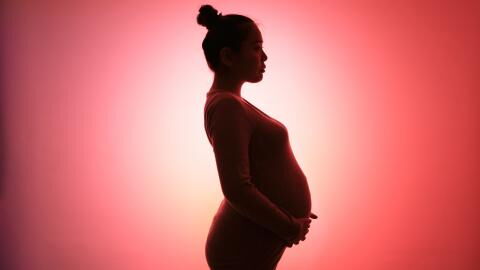The phenomenon is certainly surprising. Jessica Allen, a young American woman, is the mother of two children. Coming to the aid of a Chinese couple in their desire to have a baby, she decided to become a surrogate mother. The treatment was a success, and she became pregnant.
Discover our latest podcast
But in the sixth week of her pregnancy, Jessica went to see her doctor for a routine check-up. Surprise: she was carrying not one, but two foetuses. Nothing exceptional about that so far, but the most interesting thing is that although these foetuses shared the same uterus…they were not twins!
Only 10 cases in history
How is this possible? This phenomenon is extremely rare in humans, and it has a name: superfoetation.
'Usually, the release of eggs stops once the woman is pregnant,' explains C. Clairborne Ray to the New York Times:
Hormonal and physical changes caused by pregnancy prevent any other conception. But for some reason, in superfoetation, a pregnant woman manages to continue ovulating.
The result is that Jessica Allen really was pregnant with two babies, but they had different gestations…and different parents. This extremely rare phenomenon has only happened 10 times in the history of modern medicine. Giving a very low number of reported and verified cases, we still do not know how superfoetation happens, or even if there are risk factors that can increase the chances of this phenomenon.
Superfoetation is after all quite common in mammals other than humans. It is notably present in rodents, horses, sheep and other marsupials, like kangaroos.















